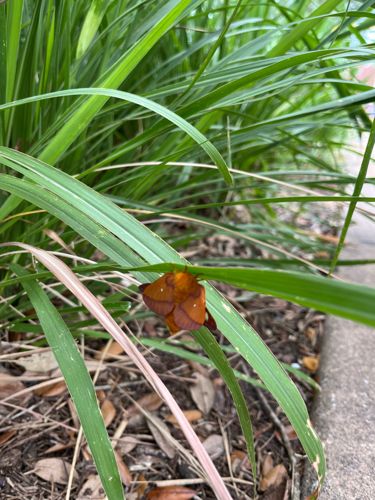Slug Caterpillar Moth
Scientific Name: Phobetron pithecium
Order & Family: Lepidoptera, Limacodidae (Slug Caterpillar Moths)
Size: Larvae (caterpillars) can reach up to 2-3 cm; adult moths have a wingspan of 2.5-3.5 cm.

Natural Habitat
Deciduous and mixed forests, orchards, and gardens where host plants (various trees and shrubs) are available.
Diet & Feeding
Larvae are herbivorous, feeding on the leaves of a wide range of deciduous trees and shrubs, including oak, willow, fruit trees, and dogwood. Adult moths do not feed.
Behavior Patterns
The larva, often called the 'Monkey Slug' or 'Hag Moth Caterpillar', is known for its unusual appearance with fleshy, arm-like appendages. It moves slowly, resembling a snail or slug. The cocoons are very hard and resemble a bird dropping or piece of debris. Adults are nocturnal.
Risks & Benefits
The stinging hairs on the larva can cause skin irritation or a painful rash upon contact, which is a potential risk to humans. From an ecological perspective, they serve as a food source for some predators and contribute to nutrient cycling, but they are not considered a significant pest.
Identified on: 9/6/2025